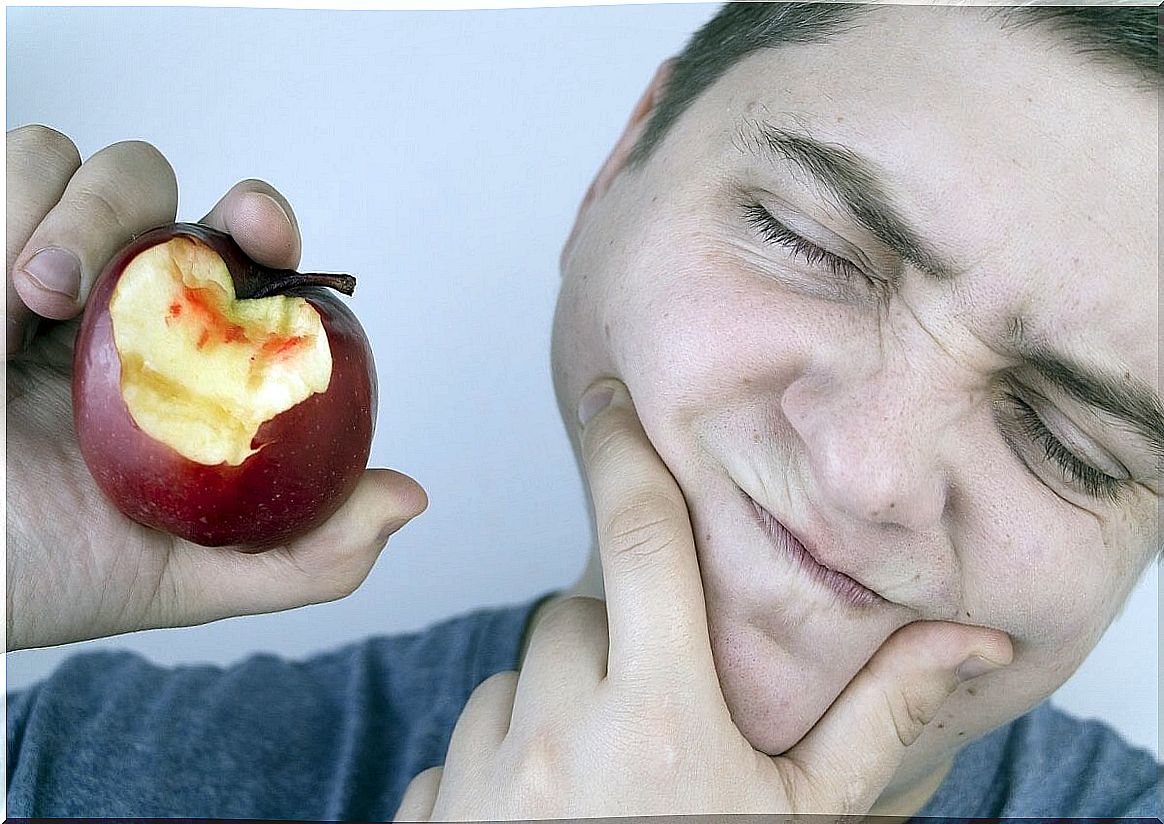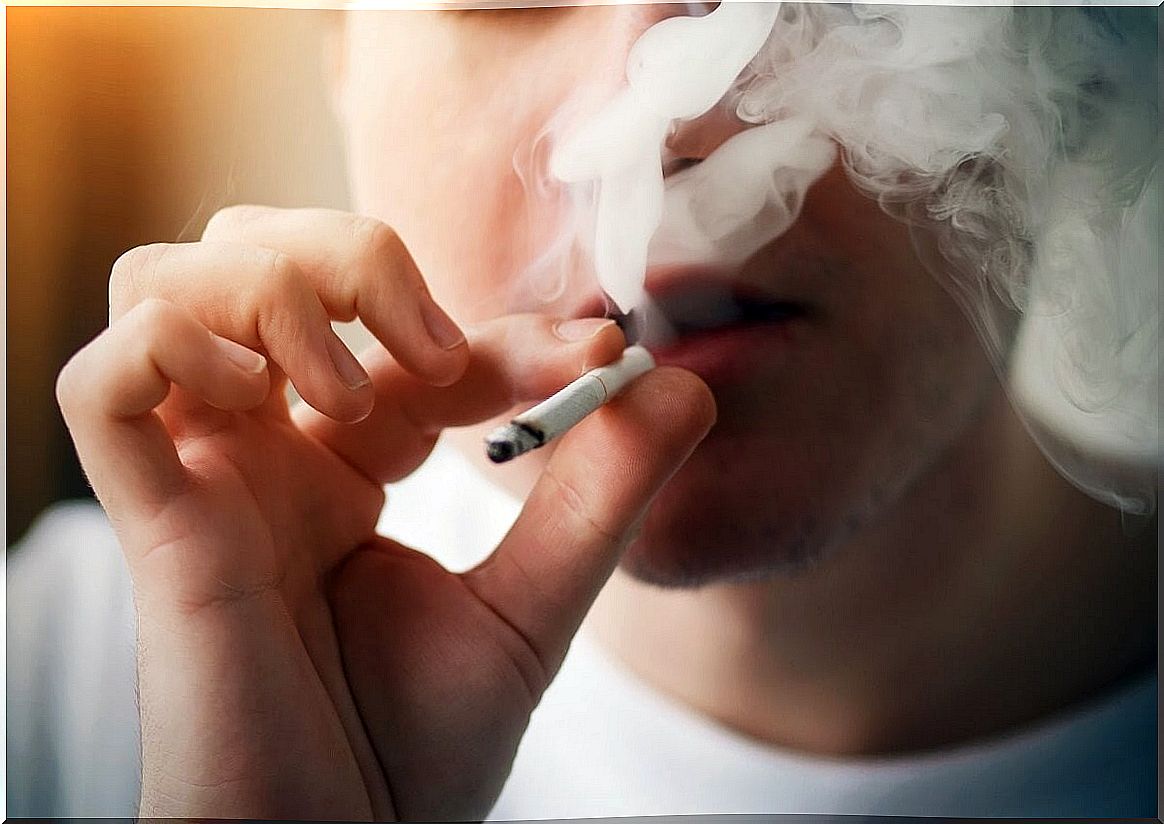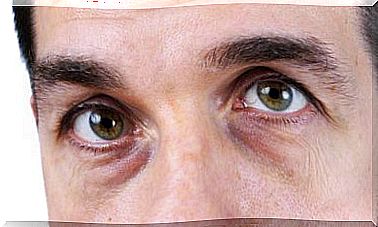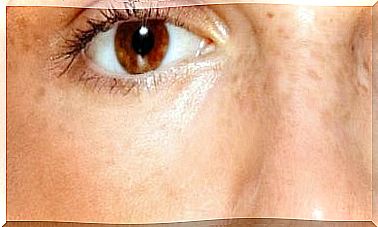Symptoms And Causes Of Periodontitis
Knowing the symptoms and causes of periodontitis allows us to take preventive measures against this disease. In this way, we carry out an immediate consultation if we notice something strange in the gums. It should not be ignored that this pathology can evolve into clinical presentations that complicate oral and general health.
Its origin, often, is the bacteria that accumulate between the teeth and the gums. They manage to colonize the area when they multiply excessively. In this regard, as we will see later, hygiene plays a very important role as a preventive measure.
How does periodontitis evolve?
Periodontitis has symptoms that depend on the stage in which the clinical picture is evolving. It is not a pathology that appears in a fixed way or that always persists the same in the body.
The first thing that occurs is an inflammation of the gums, known as gingivitis . Typically, the person who suffers from it notices when brushing their teeth and notice bleeding in the oral tissue when rubbing with the brush.
Along with this, bacterial plaque can be detected. This is a film adhered to the tooth surface that contains bacteria and amalgamated food debris. It is called biofilm , actually, because it has activity and is not inert, that is, it is constantly changing.
The next step is the retraction of the gums. This exposes the lower parts of the dental elements that are exposed to the outside. One of the problems of periodontitis at this stage is the hypersensitivity caused by the contact of the roots with cold, heat and food.
If the evolution continues, the localized inflammation can spread, first to the rest of the mouth and then to the whole body. It is known that the inflammatory process is not limited to the gums in some patients, which triggers reactions in distant anatomical areas, such as the bones of the lower limbs.

Symptoms of periodontitis
As we said, the symptoms and signs of periodontitis depend on the stage of the person with the disease. However, there are issues that are always basic, such as bleeding gums.
This blood is bright red and appears with minimal trauma that, under normal conditions, is not detected. Brushing is the main causative agent, followed by bruxism or clenching of the teeth at night. It is common for patients to wake up in the morning with blood around their teeth.
Bad breath derives from plaque bacteria and its constant activity. The remains of food retained there also ferment and continue a rotting process that is expressed in halitosis.
Pain or tenderness when chewing is related to receding gums. When they descend too low and move away from the dental element itself, the root is exposed. So hot drinks and very cold foods, such as ice cream, irritate nerves that were not in contact with the outside before.
In extreme cases, teeth fall out. If the receding gums is excessive, periodontitis leads to spontaneous tooth loss, as the fibrous support disappears.
Causes of the disease
The causes of periodontitis must refer to the formation of the biofilm that is bacterial plaque. So, it is not wrong to think that bacteria are the main protagonists of the problem, generated by poor hygiene in most cases.
The normal bacterial flora of the mouth is not malignant. On the contrary, it fulfills essential functions of regulation of the internal environment of saliva and protection against external infectious agents and pathogens. But its imbalance leads to problems.
When there is a bad tooth brushing technique or it is not done with the adequate frequency, bacteria multiply colonizing the tooth walls. To this are added remains of food that are trapped by the plate.
Faced with an accumulation of years, the immune system responds considering that there are harmful external agents there. The body then mobilizes white blood cells to the gums to combat the problem, leading to tissue inflammation and subsequent retraction.
The immediate complication is the formation of spaces between the tooth and the gum, due to the retraction. This means that, without treatment, more bacteria and more food remains settle there.
It is also necessary to consider that some risk situations favor the appearance of periodontitis:
- Tobacco: smokers are at higher risk of the disease than the rest of the population.
- Hormonal changes: in women, especially, the stages of pregnancy and menopause alter several systems, which stimulates the formation of plaque and the immune response in the gums.
- Vitamin deficiency: hypovitaminosis, particularly vitamin C, are related to gum disease.

When to consult a dentist?
Periodontitis is a disease that needs to be treated by a professional. The earlier the approach is made, the easier it will be to contain complications. Therefore, we must be careful when brushing our teeth in case we notice any bleeding.
If blood appears on the brush, it warrants a consultation. This may be the first sign of the onset of the pathology. In the same way, if we wake up with inflamed and red gums on repeated mornings, after a night’s rest.
In case of detecting changes in color on the tooth surface due to the presence of plaque, rather than trying to remove it by force, it will be necessary to have it checked by a professional. Sometimes, wanting to perform at home, we hurt the gums in an attempt to improve the picture.
Do not let time pass. Teeth are important because there is no replacement for them when we are adults. Those we have must accompany us for the rest of our lives.









